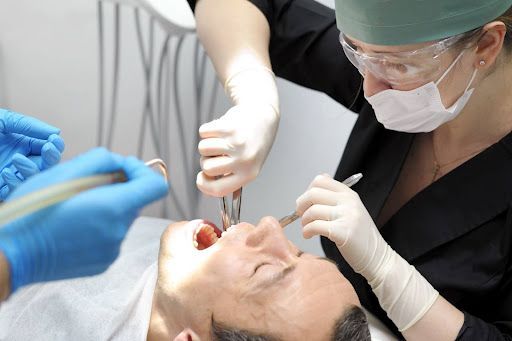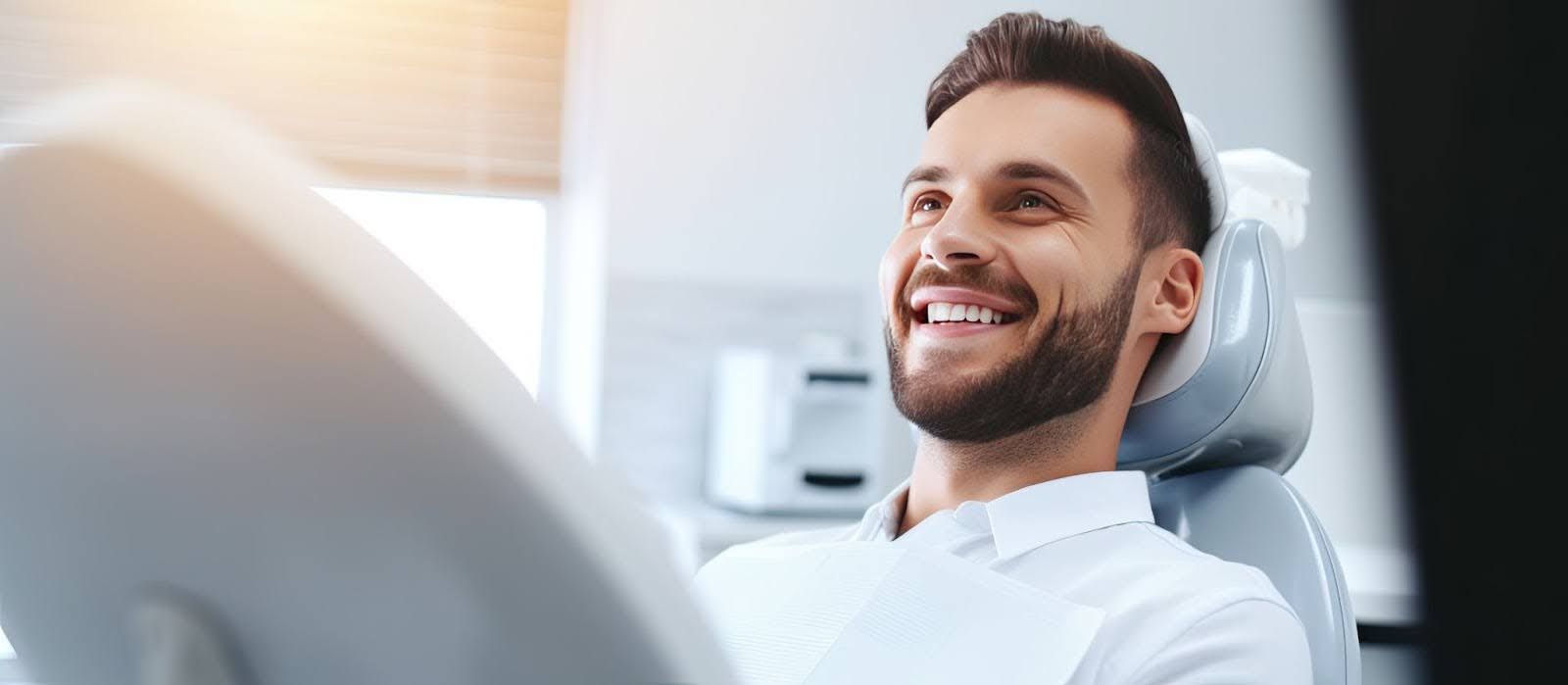Mouth Wash 101
May 15, 2014
It’s hard to imagine that something you just swish and spit can really benefit your dental health. The RIGHT mouthwash can be one of your BEST defenses against bad breath and tooth decay. With so many varieties, focus on the ingredients when shopping for your mouth wash. While all washes freshen your breath, some do a better job than others.
Antibacterial washes containing chlorhexidine or chlorine dioxide-help kill the bacteria that cause bad breath. Unfortunately, chlorhexidine is only available in the US by prescription and long term use can cause your teeth to stain. Other readily available over-the-counter mouth washes can also do the trick. For instance, Listerine, or its generic drugstore equivalent, is great at temporarily killing odor-causing bacteria.
Just make sure the active ingredients include: menthol, thymol, methyl salicylate and eucalyptol. In combination, these four oils have an antiseptic effect, and in an ethanol alcohol base, they can break through plaque.
Studies have shown this combination of ingredients reduces plaque levels by 52% more than brushing and flossing alone. Plus, methyl salicylate acts as an anti-inflammatory, which helps in cases of gingivitis. For cavity prevention, pick a rinse containing fluoride. This helps prevent enamel from decaying and keeps existing weak spots from turning into full-blown cavities. No matter which mouth wash you choose, there are a few rules you should follow:
1. Make sure to always measure out the correct amount as specified on the bottle.
2. Swish for no more than 30 seconds – do not rinse more than twice a day. The alcohol in the rinses can dry out your gums, and if you brush, floss and clean your tongue effectively, your mouth won’t have an offensive odor anyway.
3. After rinsing, do not eat or drink for 30 minutes so the active ingredients can do their job.
Mouth Washes and Children
Older children and teenagers may express interest in mouthwash as a breath-freshening agent, and they can reap the benefits of a fluoride rinse as well. Older children who have braces are especially good candidates for fluoride mouth rinses because the rinse can help prevent teeth from acid-producing plaque bacteria which may buildup under the brackets. However, in general; young children should not use mouthwash because they are less able to avoid swallowing the product. Children between ages 6-12 years should only use a mouth rinse under close adult supervision.
Parents who are concerned about the alcohol content in mouth rinses can find a variety of alcohol-free products that are just as effective at freshening breath. And there are non-alcohol rinses with fluoride, too. No matter what type of mouthwash your child uses, be sure to remind him or her that mouthwash, even a fluoride rinse, does not replace a regular routine of twice-daily tooth brushing and daily flossing to preserve a healthy smile.
Mouth Wash Colors
Mouth washes have color for the same reasons Gatorade and sodas have colors – to indicate flavor. Consumers expect to see it even though it doesn’t need to be there, and they’ve shown from market research that clear products don’t sell nearly as well as colored ones. Loads of people refuse to buy the clear versions because they don’t trust that it will taste the way they expect it to.
The post Mouth Wash 101 appeared first on Stephens Dentistry.







